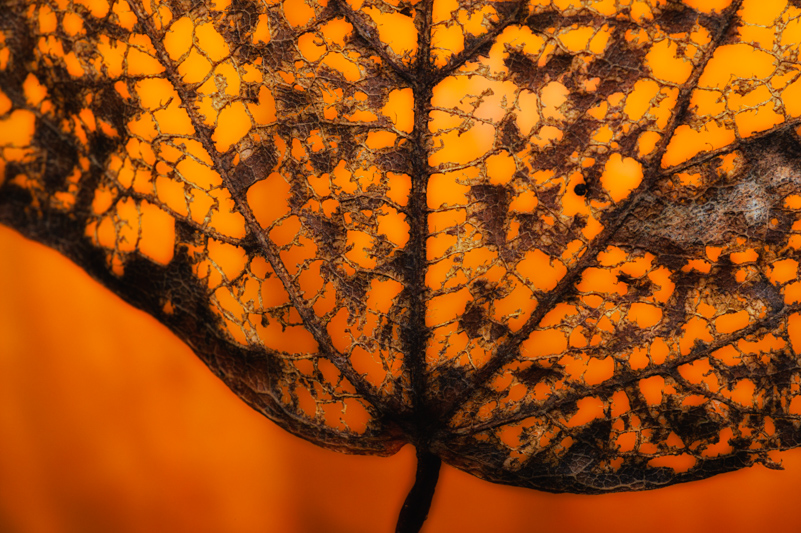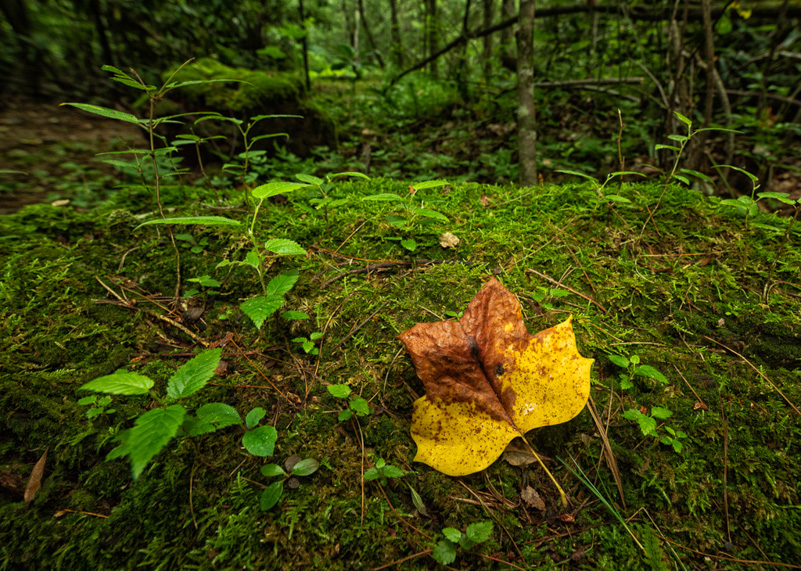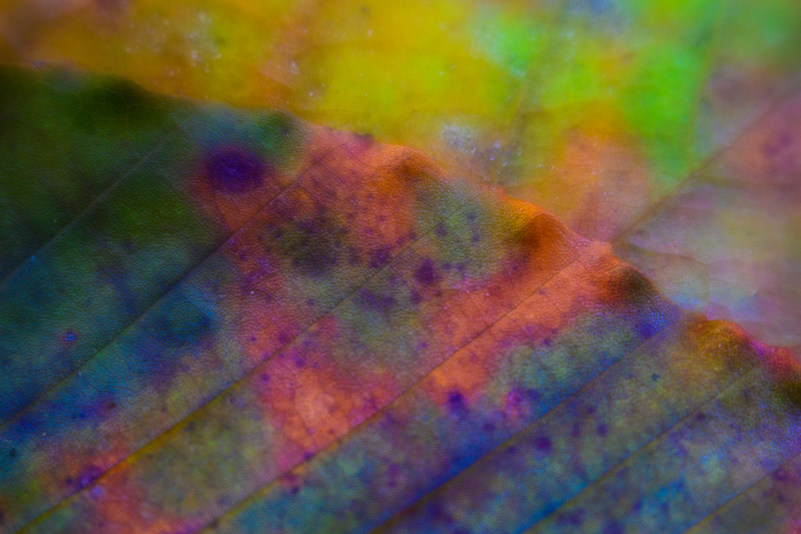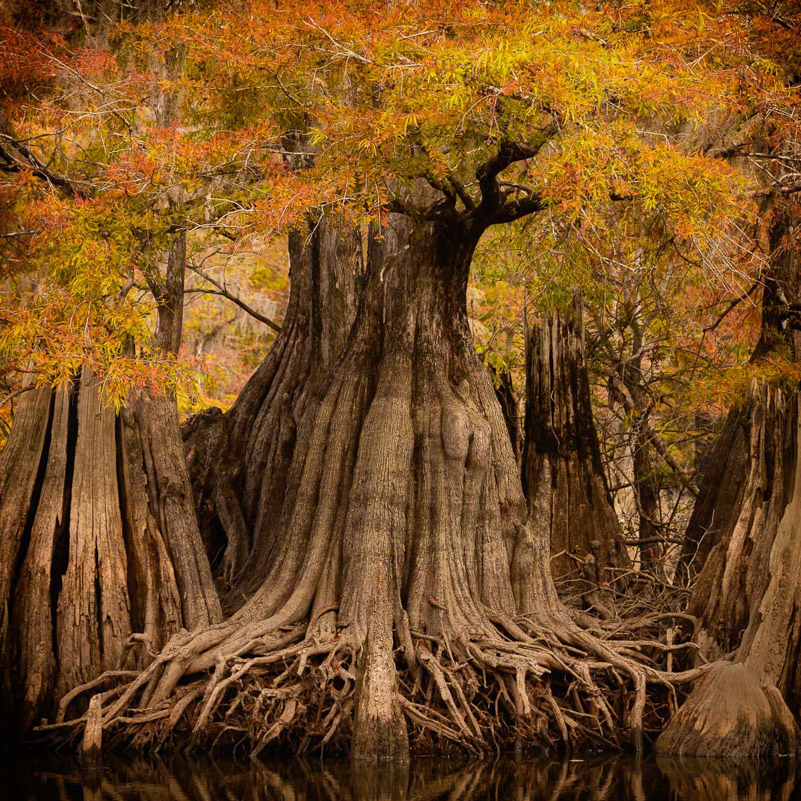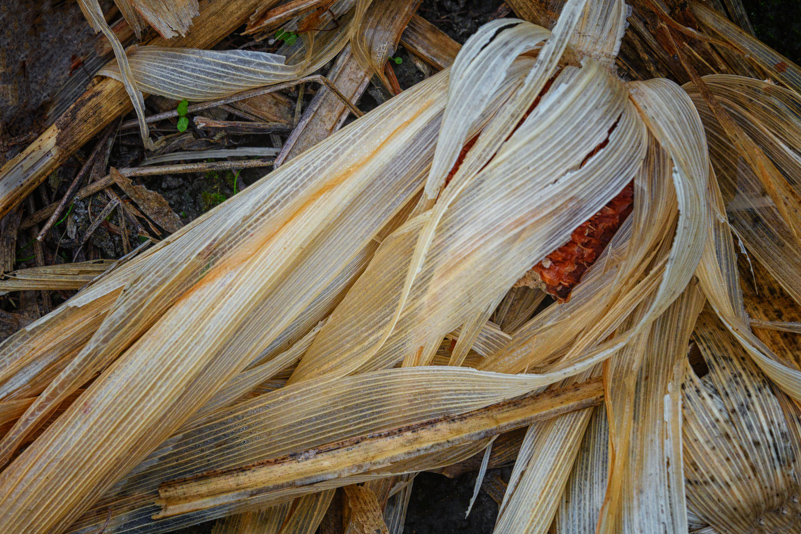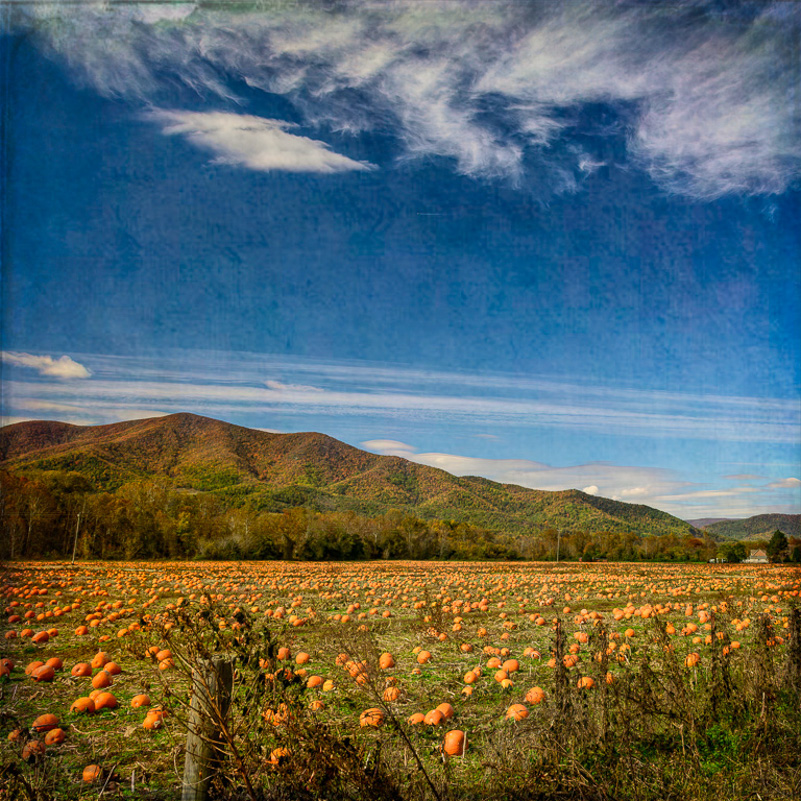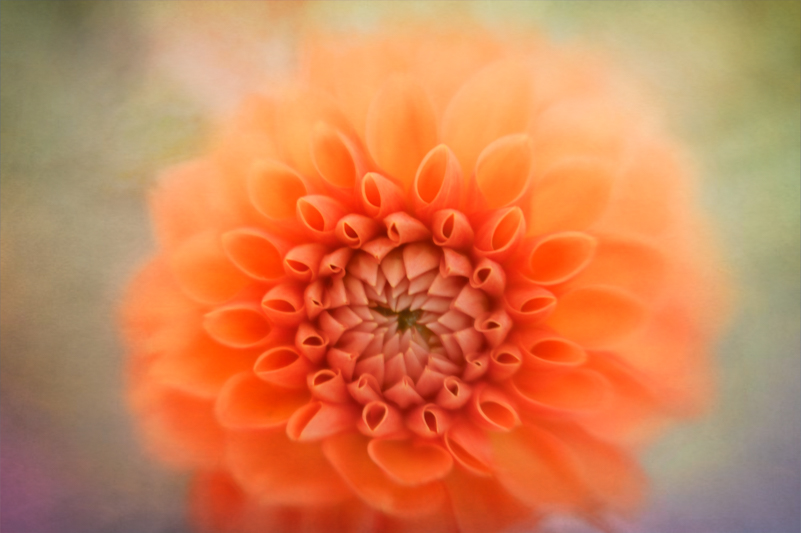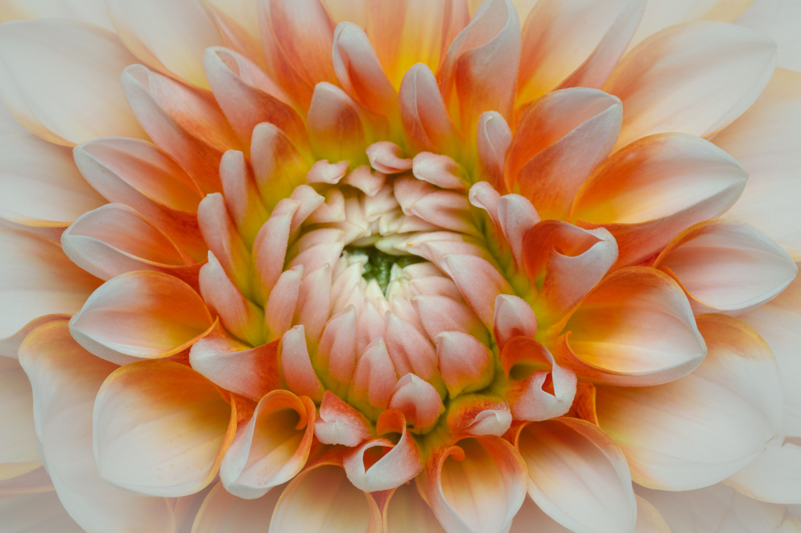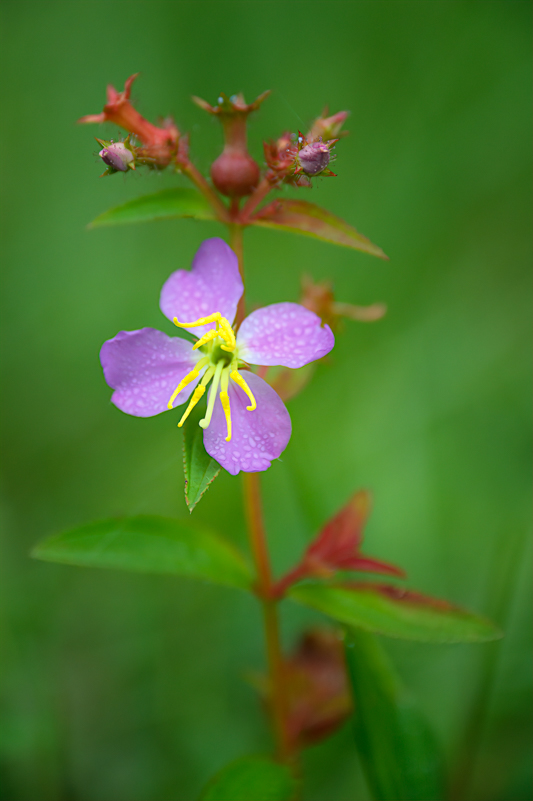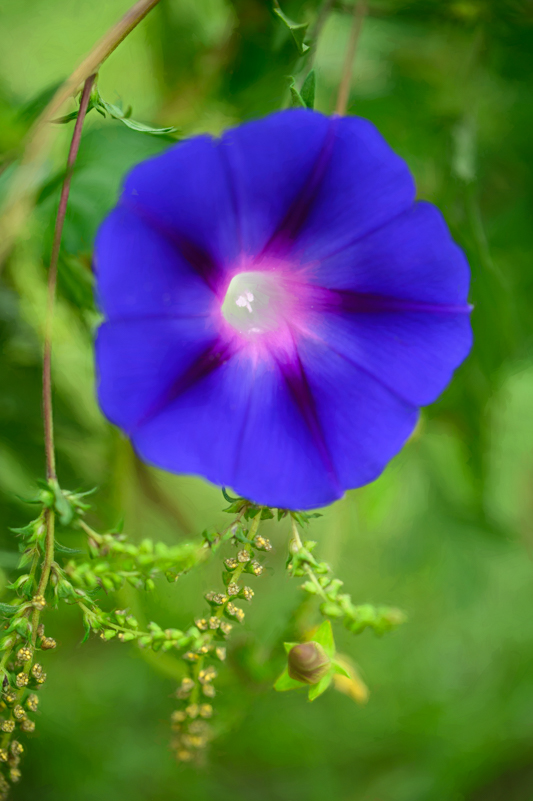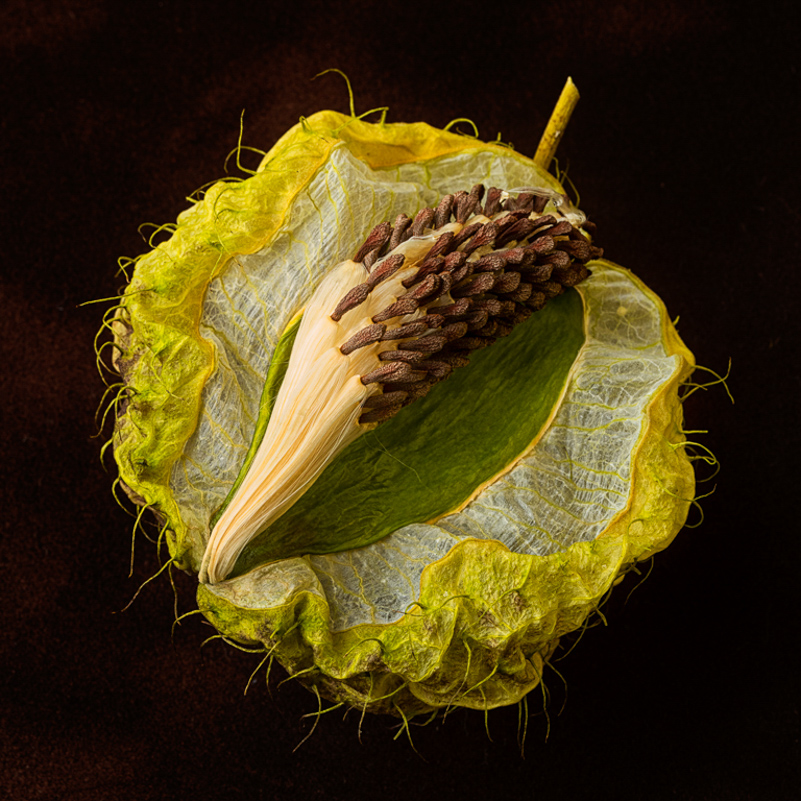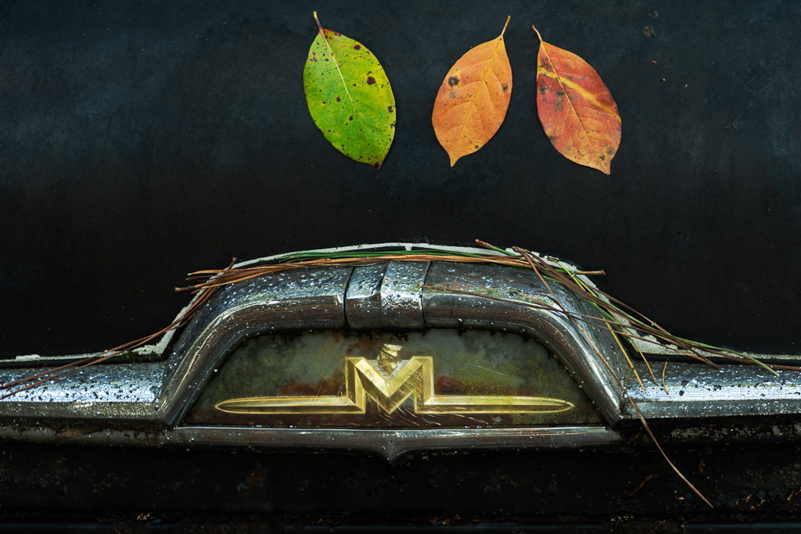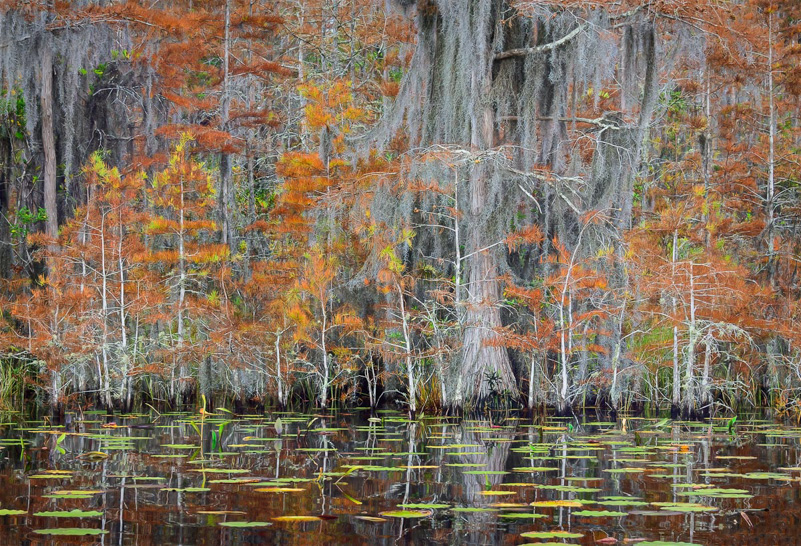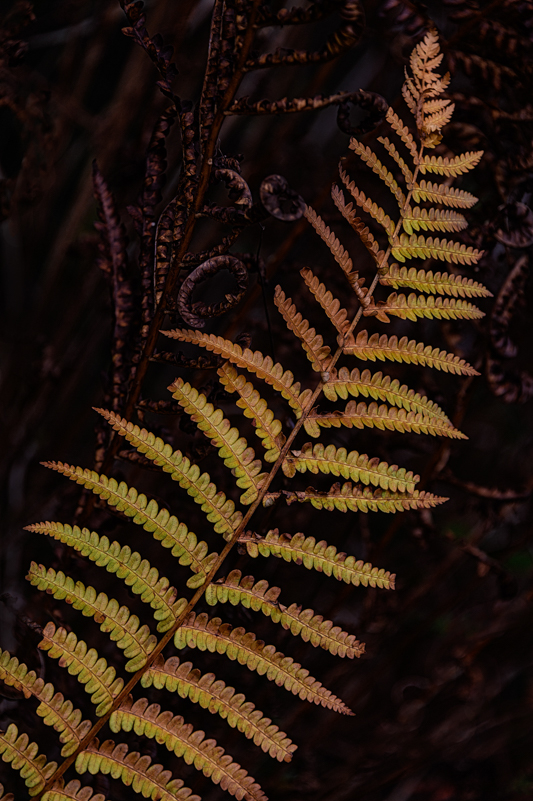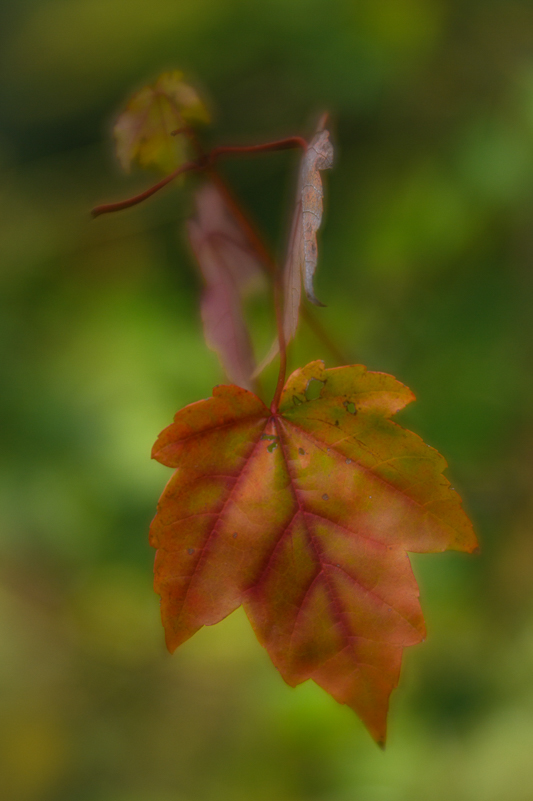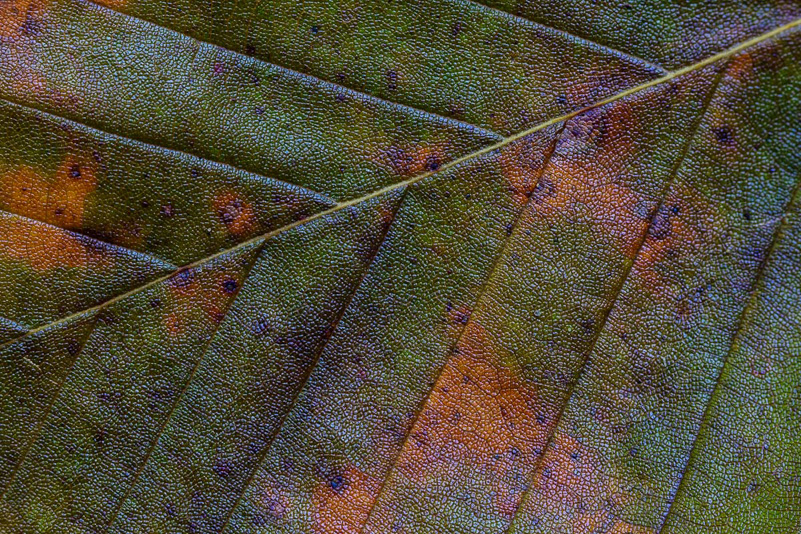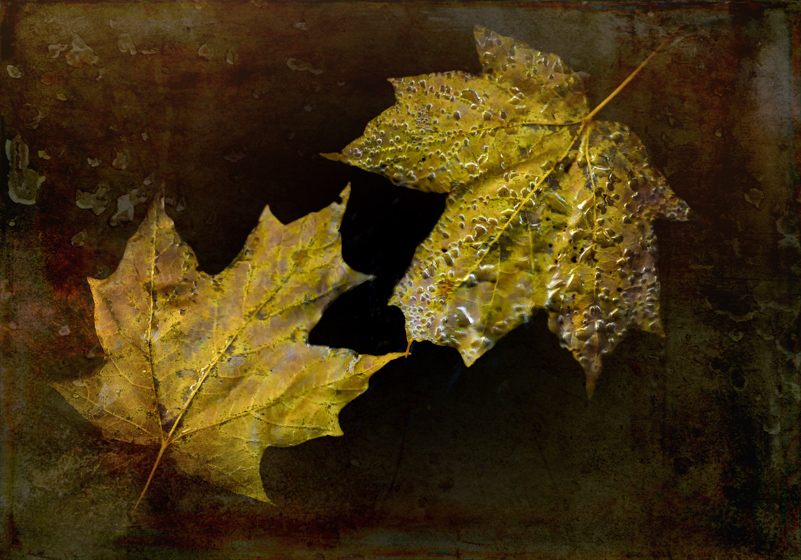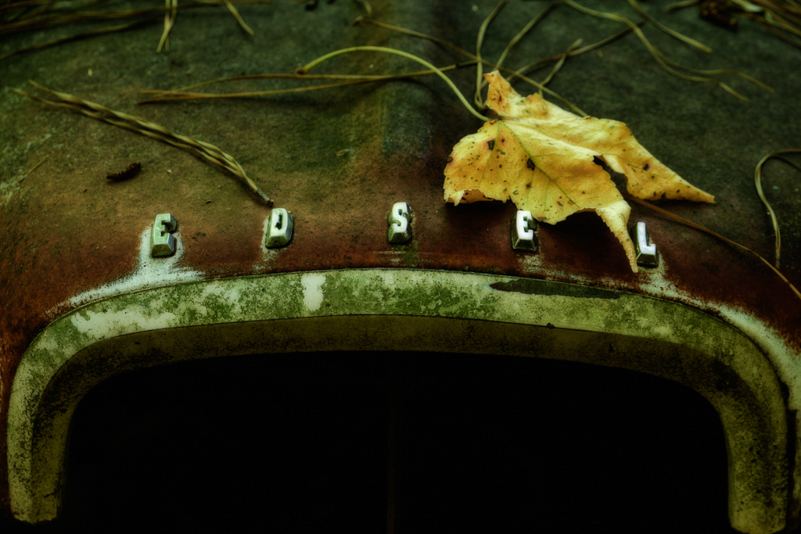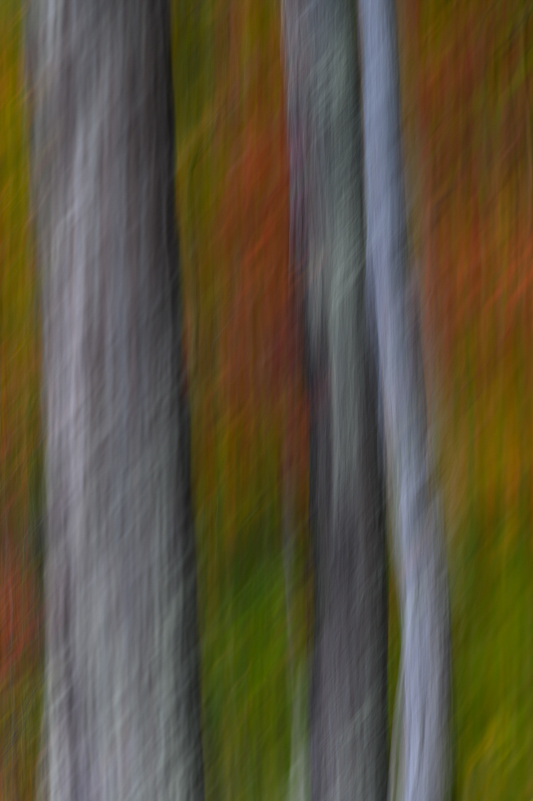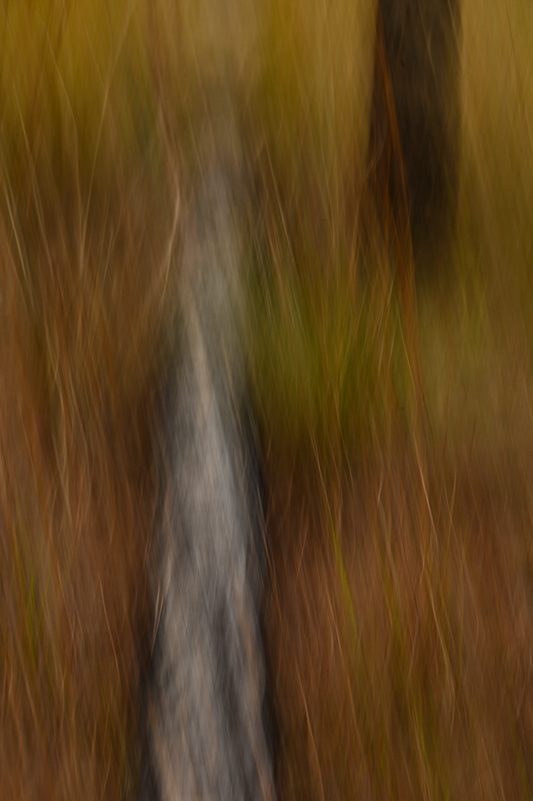As long as autumn lasts, I shall not have hands, canvas and colors enough to paint the beautiful things I see.
— Vincent Van Gogh
It is time. The official start of autumn, per our calendars, began on September 21st. Nature, however, runs on its own schedule, not our expectations. We have nothing to do with a season’s timing, temperatures or colors. Depending on your elevation and your latitude from North to South, your fall season, with peak colors rolling along, might begin sooner or later. The northern states are likely in the middle of turning, while here in the South (in the coastal flatlands), we are experiencing only hints of the colors to come.
THE LEAVES
Every season has its icons. The leaves, the changing colors of fall foliage, are the stars of this cycle. It’s the time when the chlorophyll is breaking down. The changes are helped by cooler temperatures at night and warm summer days. Moisture also plays a part in the process. Strictly talking leaves, the color palette of autumn is primarily yellow, orange, red, purple, brown … and green. There are some trees and plants, such as magnolias, rhododendrons, evergreens, that stay green all year long. Some browns and burnt yellows make there way in, but there are greens that also mix with the bones of winter.
MORE TO AUTUMN THAN THE FOLIAGE
It’s difficult to find anyone who doesn’t love when the temperatures of summer tone down and the colors amp up. For some, fall is their favorite season. Each season holds something special for me. When I consider this season of warm tones, I think of it as a “Second Spring.” The leaves on trees shift from the greens to the warmer color palette (golds, reds, yellows, browns and more), and a host of plants come alive and into view. The pumpkins magically appear in the fields, nurseries, farm stands and your local grocery stores. The apple orchards explode as the harvest begins. Festivals and celebrations add color and flavor to our tables and towns. Words like “crisp,” “fresh,” and “cool” roll off our tongues, while we start to put our sweaters and light jackets on. The idea of making soups, stews, pies and all measure of comfort foods rises higher in our minds and kitchens. At some point, we push away the grills, watermelons and ice cream and pack away our swimsuits and shorts. Reluctantly, I allude to a certain spice that is launched everywhere as the all season begins.
CONSIDER THE FLOWERS
I’m in good company with my love for the fall season. In fact, Albert Camus was the one who likely first referenced a connection between spring and fall. He said, “Autumn is a second spring when every leaf is a flower.” He must have loved flowers, too.
One thing I do know about this second spring is that it brings a whole new and different variety of flowers. Dahlias, for example, often thrive toward end of summer into fall and go until the first frost in most places. Morning glories, asters and goldenrod appear. Milkweed pods show up and scatter their seeds upon popping. Ironweed, other wildflowers not seen in spring or summer make their way into the world as if by a wave of a wand. Mums are everywhere. You may not know this, but apparently the chrysanthemum is the “queen of fall flowers.” Go to any garden center or farm stand or do a porch tour in your neighborhood. You’ll see. A little tidbit I learned, if you stick your mums in the dirt, they’ll come back the next year. Who knew?
What I also love about the flowers – all of them – besides their seasonal colors and shapes is how they dry and die and the skeletons they leave behind. What remains offers wabi sabi photography opportunities as well as bonus seed-gathering options. When you’re done using them as models, you can throw them in your garden (like I do) and see what comes back to life next year. This is my camo-thumbed, non-gardener method. No expectations other than to be surprised. Those with green thumbs may view this method differently. At times I do get lucky. Otherwise, I find gardens and friends with gardens to locate new subjects.
INDOOR OPTIONS
The season’s cooler temperatures can also spur one to take things inside and play with still life or other possibilities. Macro, abstracts, light boxes and a host of other “what if’s” can be explored. One can consider autumn as the prelude for shorter days and greater chances to stay out of the elements without making excuses. You get to play with your subjects. In fact, you might also play with your food. I know some amazing photographers, for example, who are great cooks and bakers. They also use their talent to create subjects and play before they eat or serve them. I would never call myself a chef or baker, but I do know some great places to secure tasty subjects. Maybe I will explore these possibilities in the next season.
A FEW BASIC TIPS FOR FALL COLOR PHOTOGRAPHY
I would be remiss if I didn’t offer some photography-specific suggestions in this post. In short order I’ll be headed to West Virginia to chase some color myself. Never hurts to remind myself and others.
Use Your Circular Polarizer – This is your first best friend when photographing outdoors. My number one tip for any outdoor photography should come as no surprise. I get on this soap box often. If you want your fall foliage to “POP,” don’t ignore this tip. The difference is often night and day. (See my post, “Polar … What?” to learn more and see some examples.) I use the circular polarizer filter probably about 90-95% of the time and never regret it.
Don’t Miss the Small Stuff – It’s easy to get caught up in the grand scenes with all the explosions of color and miss the more subtle smaller subjects that tell the story of fall in a different way. Keep you eyes and mind open to seeing (and looking for) the “smalls.” You might be surprised at what you find and how much they have to offer. Looking for the smalls is also a great way for you to slow down, breathe and be where you are.
Embrace the Overcast – Overcast light and even wet weather can be one of your best friends. Bright light and blue skies can be beautiful, no doubt; but give me overcast light with some peek-a-boo rays in the scene, and I’m smiling. No fighting harsh shadows – just embracing the wash of colors, shapes and textures. If you’re shooting smaller scenes in mixed lighting, don’t forget your diffuser, reflector and other lighting accessories.
Don’t forget to PLAY – Consider more than the standard options for “tack-sharp” images. Try selective focus with minimal detail. Long or slow exposures can level up ordinary scenes. Intentional camera movement (ICM) and multiple exposures can jiggle your mind and shake up your creativity. Digging in with your macro lens, Helios-44 or Lensbabies will give you permission and unlimited opportunities to be “perfectly imperfect,” and to share a new view or perspective that many would miss.
Your OTHER Best Friend – Finally, I have to tell you that it really is true. Your other best friend is your tripod. It slows you down to consider your compositions and settings. It gives you a chance to remove distractions, refine exposures, check your edges, and achieve the sharpness and depth of field you’re aiming for. It promotes consistency and actually frees you up creatively.
Tips for Tripods – Make sure your tripod is sturdy. This does not mean it has to be heavy. Be sure it is tall enough (without fully extending a center post) so that you can shoot eye level and below. You want the legs to move independently. Finally, you want to have a head that is easy to use and locks in place. I prefer a ballhead versus one with lever or handles. Seek out recommendations and look for opportunities to “test-drive” them in some way, if you can. Trust me, all tripods and heads have their own pros and cons. Do some research to determine what will work best for you.
FINAL THOUGHTS
The images I’ve included in this post are both new and “used” interpretations of how I see this season of the Second Spring. All parts of the cycle of life include changing palettes, perceptions and possibilities. We anticipate, celebrate and mourn each season as it offers something different in every round. Enjoy this season of change and share your gifts with others. We need the celebrations.
I hope I can be the autumn leaf, who looked at the sky and lived. And when it was time to leave, gracefully it knew life was a gift.
— Dodinsky

